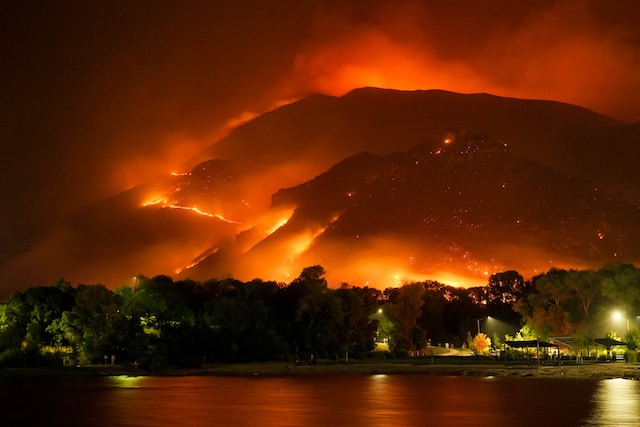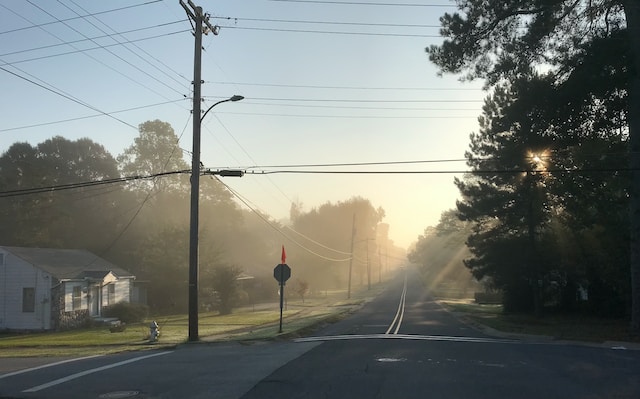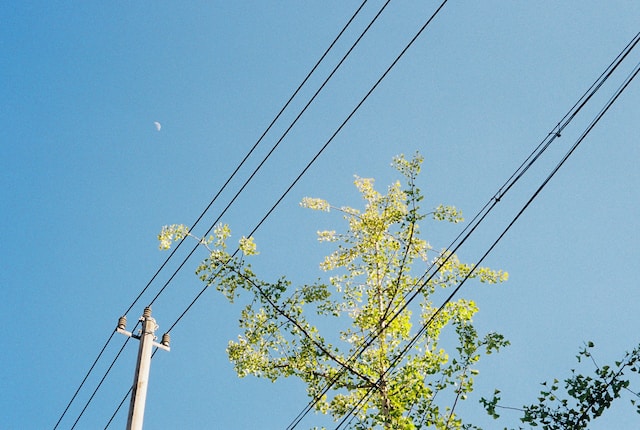
If you’ve seen the news lately, you may have watched in horror as wildfires ravaged the beautiful island of Maui. There has been speculation that these wildfires may have been preventable (or at least more manageable) if vegetation around power lines had been properly cut back. Poor vegetation management around power lines is known to spark fires, and recent lawsuits have presented evidence that utility owners may be at least partially responsible for starting or exacerbating the wildfires in Hawaii. As experts in vegetation management, we wanted to weigh in and offer utility owners, property owners, and other concerned citizens with strategies to prevent these issues from happening near your home.
Before we begin, we want to acknowledge the devastation and the loss of life caused by these wildfires. Our hearts go out to all of the people who were impacted by this event. Please consider donating to the following organizations to help the communities and families affected by these fires:
What is Vegetation Management?
Vegetation management is a process by which agencies, companies, and individuals ensure that plant material is appropriate for its setting. This process sometimes involves removing plants that have gotten too large for their site, eliminating invasive or nonnative species from an area, or cutting back plants that interfere with an essential service like power lines. The main objectives of vegetation management are to avoid the disruption of essential services, to protect workers, and to limit environmental risks.
Read more about the EPA’s Integrated Vegetation Management Program
How does Vegetation Management Prevent Wildfires?

Plants nearby power lines can pose a danger if not properly maintained. Overgrown vegetation can interfere with power lines and create a fire hazard. When vegetation extends into the power line corridor, it can lead to an increased likelihood of sparking or a transformer explosion, and result in fire. This is exactly what many are speculating happened during the recent wildfires in Hawaii. A combination of dry conditions, winds, and an overgrowth of vegetation near power lines can lead to severe fire outbreaks anywhere. Addressing this issue is vital in ensuring that similar incidents do not happen again in the future.
Power lines are not the only issue, though. Forest management is another way in which landowners and government agencies can prevent wildfires. Careful management of forests through prescribed burns and hazardous fuels reduction can ensure that if a wildfire breaks out, it can be effectively extinguished. Some wildfires are completely natural phenomena and are nature’s way of taking care of itself. There are certain tree species that need fire in order to reproduce, and fire is essential to the health of many ecosystems. Proper forest management is essential to ensure that fires are kept under control and away from communities.
Who is Responsible for Vegetation Management?
Utility companies hold the primary responsibility for monitoring and managing the vegetation near their power lines. The Federal Energy Regulatory Commission (FERC) rules require power line owners to keep vegetation cleared at a minimum distance from power lines. Any homeowner who notices untrimmed vegetation near power lines on their property are asked to notify their local power company. Homeowners can also take steps on their own to manage vegetation near power lines. These steps can include having trees pruned that could interfere with power lines and managing any vegetation on their property. Professional tree services can often provide pruning for trees near power lines safely without causing damage to the trees. Power companies often cut trees back severely from power lines, leading to health issues and even the death of these trees. It is extremely important for homeowners NOT to try to prune trees or shrubs nearby energized power lines on their own. This is an extremely dangerous job that requires special expertise, tools, and often, coordination with the power company.

It is essential that we all become proactive in addressing the problem of overgrown vegetation near power lines. Just like homeowners can make requests to local power companies to cut back untamed vegetation near their properties, we can do the same for overgrown vegetation in public areas. If you notice vegetation that is growing too close to power lines, be sure to notify your local power company as soon as possible. Failure to act can lead to devastating results.
In conclusion, the recent wildfires in Hawaii highlight the urgency of proper vegetation management near power lines. Many times, disasters like these are preventable through proactive action. Utility owners and homeowners can work together to prevent devastating fires by ensuring that vegetation management standards are met. Our goal in writing this article is to raise awareness for the importance of vegetation management in preventing tragedies like the one recently experienced by the residents of Maui. We can all play a role in creating safer conditions for our communities by holding power companies accountable for proper vegetation management around their power lines.


